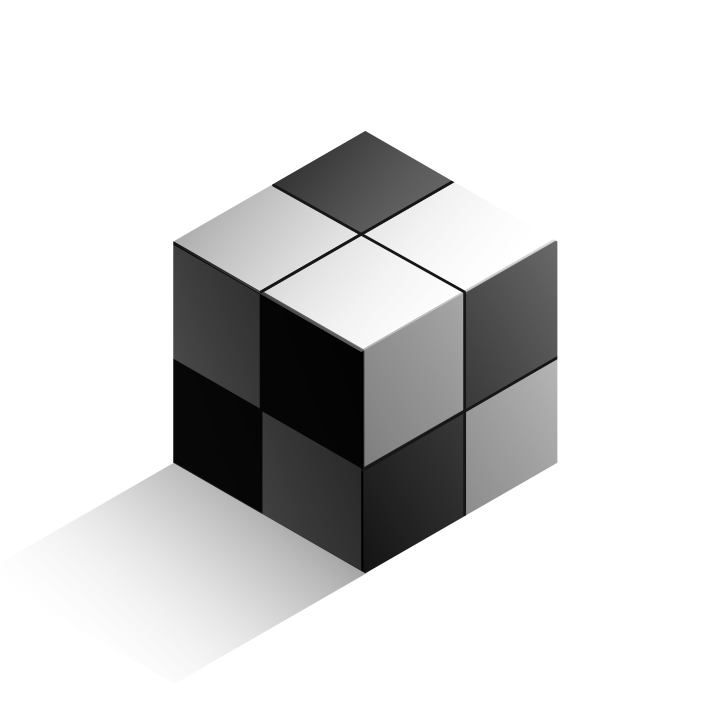How to Write a Catchy Melody • Music Theory from Glass Animals "Creatures in Heaven"
Description
How to Write a Catchy Melody.
Download PDF Tutorialincludes multitrack MIDI file
If the link above does not work, paste this into your browser:https://hackmusictheory.com/album/2877864/catchy-melody
Intro.
British band Glass Animals are absolutely massive! At the time of writing this, they’re ranked #257 in the world on Spotify. Most artists as famous as them have achieved their success as a result of an obsessive striving for celebrity. However, Glass Animals seem to be obsessed with making catchy music instead. And not only that, their music is surprisingly creative for a band as successful as them.
If you’ve been doing our Hack Music Theory tutorials for a few years, you’ll know that we don’t usually cover “celebrity artists”. The reason for that is because (nowadays) there’s an inverse correlation between the success of an artist and the creativity of their music. For an artist to achieve a fanbase of tens of millions, their music needs to appeal to the masses. And most people (nowadays) want “sugary” ear-candy music that’s pleasantly predictable, i.e. boring, bland background music.
So why are we doing a tutorial on such a huge band? Well, Glass Animals’ new single “Creatures in Heaven” is a masterclass in catchy melody writing. The lead melody in their chorus has a whole bunch of creative hacks, as well as a very clever twist in its tale. So, inspired by “Creatures in Heaven”, here’s our 6-step method for writing a great melody that’s catchy enough for the masses. But first… Tea!
Step 1. The Chords
Open your DAW, leave the time signature on 4|4, but change your tempo to 80 BPM. Next, create a four-bar loop on your melody track, with a 1/16 grid. Okay so you may be wondering why the first step in a melody tutorial is… the chords?!
Well, all great melodies are written over chords, or implied chords (chords are “implied” when they’re not played separately but their notes are incorporated into the melody instead). The reason it’s best to write a melody over chords is because it gives the melody a harmonic progression. Without this progression, the melody will sound mind-numbingly boring, as it won’t go anywhere harmonically. The difference is night and day. It’s like walking through a beautiful forest along the ocean compared to walking on a treadmill in a stinky gym. There’s no comparison!
So let’s get our chord progression written, that way we’ve set ourselves up to write a great melody. Glass Animals are in the key of D major for their chorus (so we’ll use it too), and they use four chords in their progression (so we’ll do that too).
D Major (notes)
1
2
3
4
5
6
7
D
E
F♯
G
A
B
C♯
D Major (chords)*
1
2
3
4
5
6
7
Dmaj
Em
F♯m
Gmaj
Amaj
Bm
C♯dim
*If you need help working out the chords in a key, read Hack 10 in our Free Book.
As you probably know (or as you’ll hear if you play it), the diminished chord is crazy dissonant. It’s safe to say that using C♯dim ain’t gonna appeal to the masses, so take that off your menu. But other than that, you can use whatever you want.
Glass Animals use all three major chords, and only one minor. Playing three major chords in a major key gives their chorus a wonderfully uplifting vibe. So, think about your balance between major (happy) and minor (sad) chords. Also, think about the order of your chords. Glass Animals play the root chord (Dmaj) second. This detracts attention from it and creates a more fluid atmosphere. We played Dmaj last, though, which creates a more final ending. You can play Dmaj wherever you want, but consider where you want to draw people to the “home” chord. Here’s our progression: Gmaj → Bm → Amaj → Dmaj
Once you’ve chosen your four chords, draw in the root note of each chord for a full bar (in a low octave). These roots will provide harmonic reference for your m
More Episodes
Published 05/08/24
How to WriteBetter Snare Rhythms.
Download PDF Tutorialincludes MIDI + WAV file examples
If the link above does not work, paste this into your browser:https://hackmusictheory.com/album/2806684/snare-rhythms
Intro.
While it’s normal to hear at least a few different kick...
Published 03/18/24
How to Write Heavy BASS Lines
Step 1. Syncopated OctavesSet up one bar of 4|4 with your grid on 1/16 notes, and your tempo at 110 BPM. You’re gonna start by using only one note, and the octave of that note. We’re using A in our example. So, draw in every 1/16 note on the low A. Now, play...
Published 06/11/23


